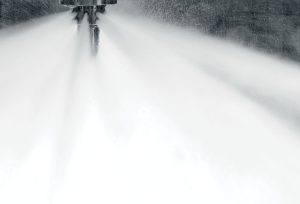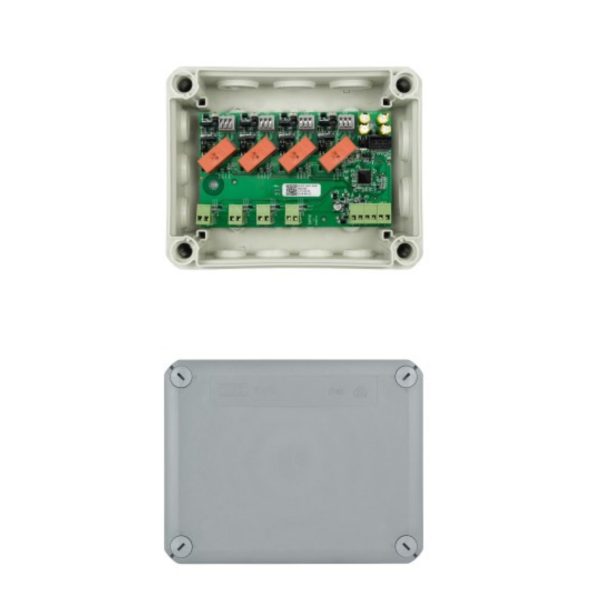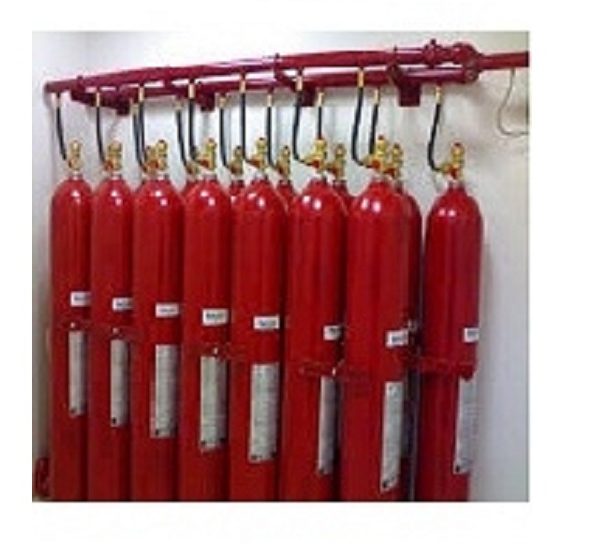
The protection of archives and museums poses particular demands in terms of the fire detection and extinguishing technology used. These buildings house artistic works of a high material and non-material value which would be irreparably lost in the event of a fire. Moreover, the majority of these objects are highly flammable (paper, paints, etc.) and therefore present a high fire load.

When planning the fire detection and extinguishing system, the following must be taken into consideration:
- The fire must be detected as early as possible, otherwise it may take hold and spread.
- The extinguishing technology used must not damage the stored objects.
The fire protection system for a museum or archive could therefore be designed as follows:

- An “early detection” of the source of the fire, even before it breaks out, through the installation of an aspirating smoke detector.
- An efficient extinguishing system which causes no, or very minimal, water damage. In this instance, the use of water mist systems or a gas extinguishing system for archives, is recommended. These applications are primarily used to protect large rooms. Inert gases (argon, nitrogen or mixed gases) are used for cost reasons.



